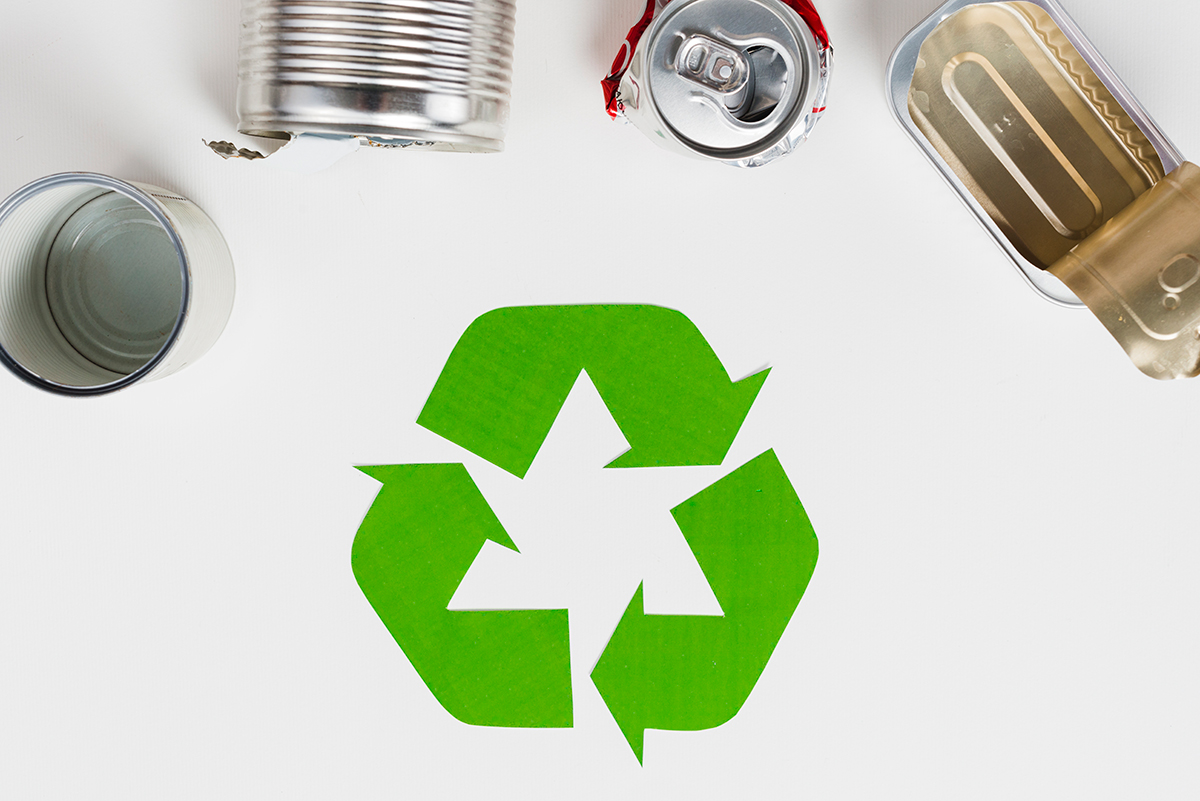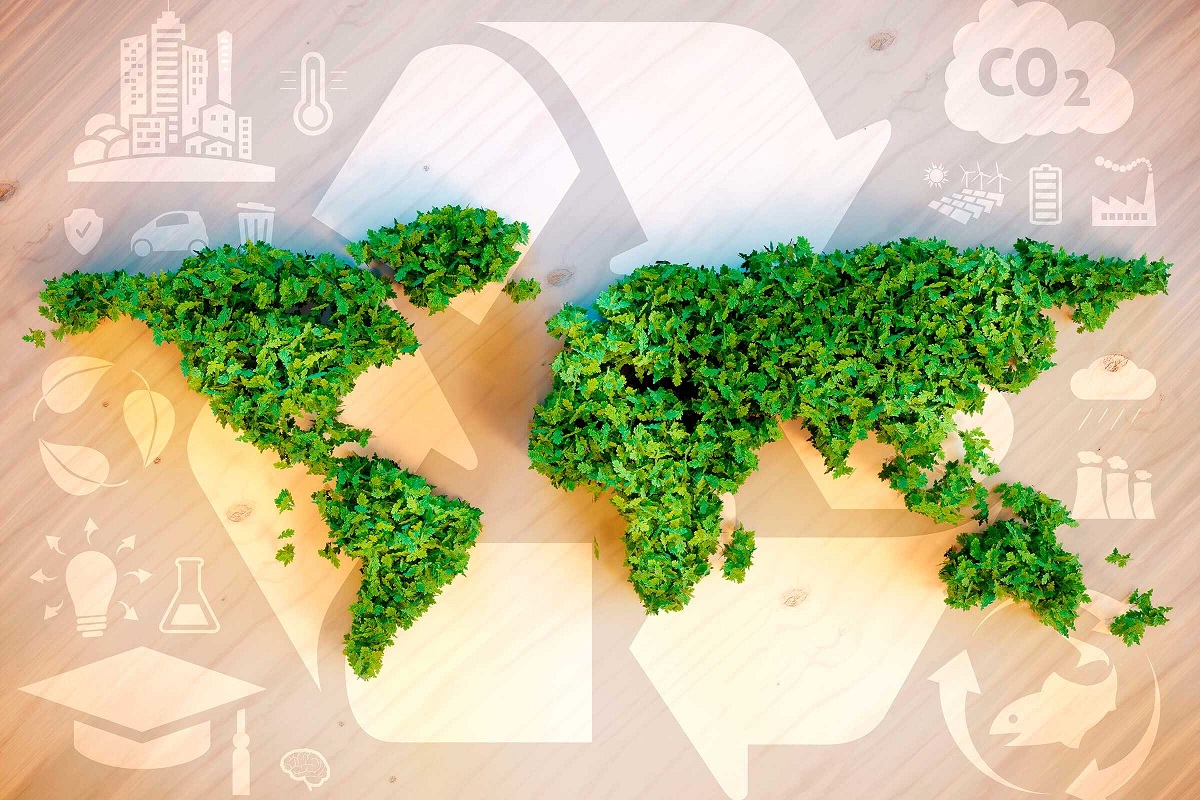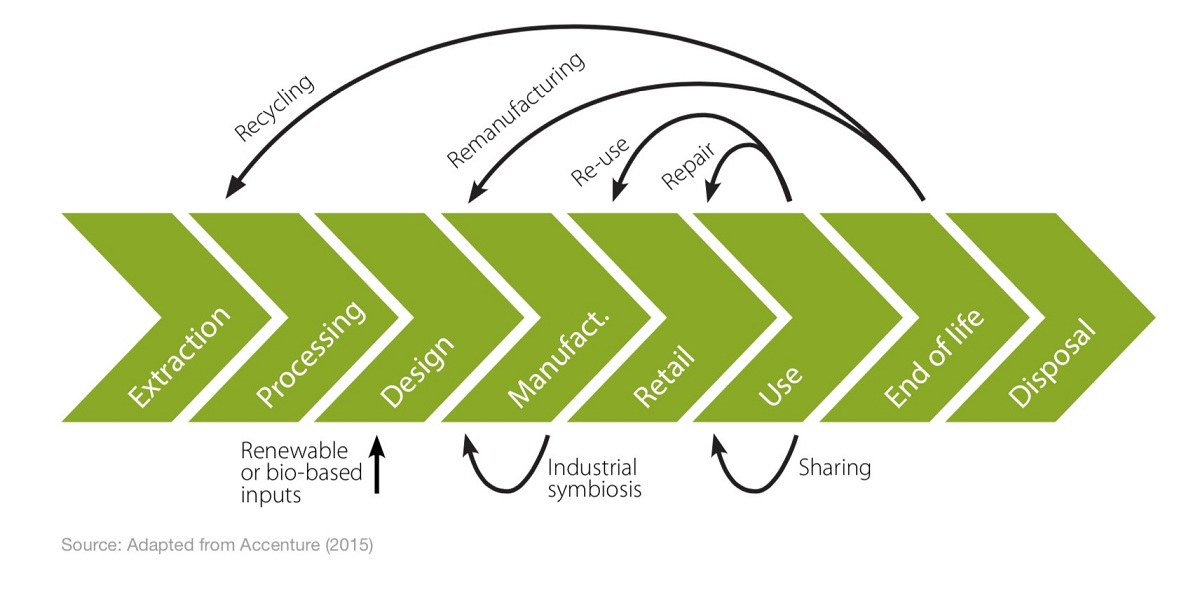
In recent years, the increase in institutional and social awareness of the environment has led to the emergence of the ecodesign. Waste recycling has received more publicity in the media, for example by promoting the buying and selling of second-hand materials. However, this is a very superficial measure aimed at reducing the resources we consume and the waste we generate. For this, it is necessary to intervene in the management systems in order to bring ecodesign to the entire built environment.
For this reason, we are going to dedicate this article to telling you everything you need to know about ecodesign, its characteristics and importance.
What is ecodesign

Ecodesign is a phase of the product development process that aims to reduce the environmental impact of a product. It could be said that achieving economic sustainability is the key to a management system, because by creating and reconfiguring products that respect the environment, it is possible to stop the degradation of ecosystems, the depletion of natural resources and the collateral effects that negatively affect ecosystems and human health. The principles of ecodesign are:
- Efficiency in the manufacture of the product, that is, using the least amount of material and energy possible.
- Designed to be disassembled, allowing the future recycling of the product, each of its components can be easily identified and separated for its correct disposal according to its nature and composition.
- Produce products using one or more "bio" materials to simplify the recycling process.
- Use durable shapes and materials.
- Versatility and possibility of reusing and recycling the product.
- Reduce the size of products to reduce greenhouse gas emissions (GHG) during transport. As a result, more products can be transported per trip, optimizing space and fossil fuel consumption.
- Treating products as services and not as mere objects, to limit their use to needs and not to desires of possession, currently marks the market norm.
- Support new technologies to improve product efficiency.
- Emission reduction.
- Disseminate and integrate the sustainability message of the product in its design.
Characteristics of ecodesign

In conclusion, the objective of ecodesign is to reduce the environmental impact of the products we consume throughout their useful life and guarantee the well-being and quality of life of users. Some of the main characteristics of ecodesign are:
- Conducive to the application of the circular economy.
- You can reduce the costs of processing and shipping the product.
- It improves the production process and therefore the quality of the product obtained.
- It contributes to the innovative character of the company.
- It proposes four levels that allow acting on the improvement, redesign, creation and definition of new products and new production systems.
- Avoid wasting resources.
- Once the useful life of the product has expired, consider that the product is recycled and reused, giving a value to the waste.
- There are different ecodesign strategies such as: LiDS wheel and PILOT strategy.
Examples

In the examples of ecodesign shown below, some are part of our daily lives, while others show developments that are still in their infancy:
- Ecodesign of refrigerators, freezers and other appliances such as heaters, washing machines and dishwashers, which are regulated by the European Commission (EC).
- Design and construction of ecological buildings.
- Italian coffee machines because they do not use paper filters.
- The furniture is made with materials with FSC seal (Forest Stewardship Council) and recycled materials.
- Furniture sold unassembled, reducing product size and optimizing shipping.
- Removable design furniture such as urban benches.
- Use textile waste, plastics to make clothes.
Sustainable production and designs
In a world moving towards 8 billion people, the old model of the linear economy is outdated and leads us into an uncertain future. Ecodesign is born within this framework, sustainable products incorporate environmental criteria in all their stages: conception, development, transport and recycling.
We have to produce better and more efficiently, for obvious reasons: raw materials and natural resources are not infinite, and if we don't take care of them, they can run out. Some, like water, are vital for life, while key sectors of the economy depend on minerals, such as the technology industry. If we add carbon dioxide emissions and energy consumption in production centers, the planet will not pay the bills.
The consequences of consumerism -according to Greenpeace, we use 50% more natural resources today than 30 years ago - have led the United Nations (UN) to demand a new mode of production to optimize resources and energy, develop renewable energies, sustain infrastructure, improve access to basic services and generate ecological and quality jobs.
The environmental benefits of sustainable production also benefit industry and citizens. The UN argues that the system is good for everyone because it improves the quality of life for millions, reduces poverty, increases competitiveness and reduces economic, environmental and social costs.
environmental advantages
The advantages of ecodesign in terms of product and service concepts are numerous and help minimize various environmental aspects of traditional productssuch as waste management.
Unfortunately, there are also some disadvantages that prevent this approach from being adopted as a standard in the generation of products and services, such as the little knowledge that the consumer has about these products, the cost of the product is higher than that of traditional products on many occasions , the search for materials for design alternatives and introduce these products in highly competitive market segments, such as plastic housings.
So, as a conclusion, we can see that despite the very attractive advantages of ecodesign both for producers and for consumers, its shortcomings still hamper its popularity in today's market and, therefore, hinder its use in our adoption in consumption habits. However, it is important to continue seeing it as an important alternative to address the great environmental problems that afflict us, combined with legal initiatives, responsible consumption and the adoption of a more complete environmental awareness in society.
I hope that with this information you can learn more about ecodesign and its characteristics.